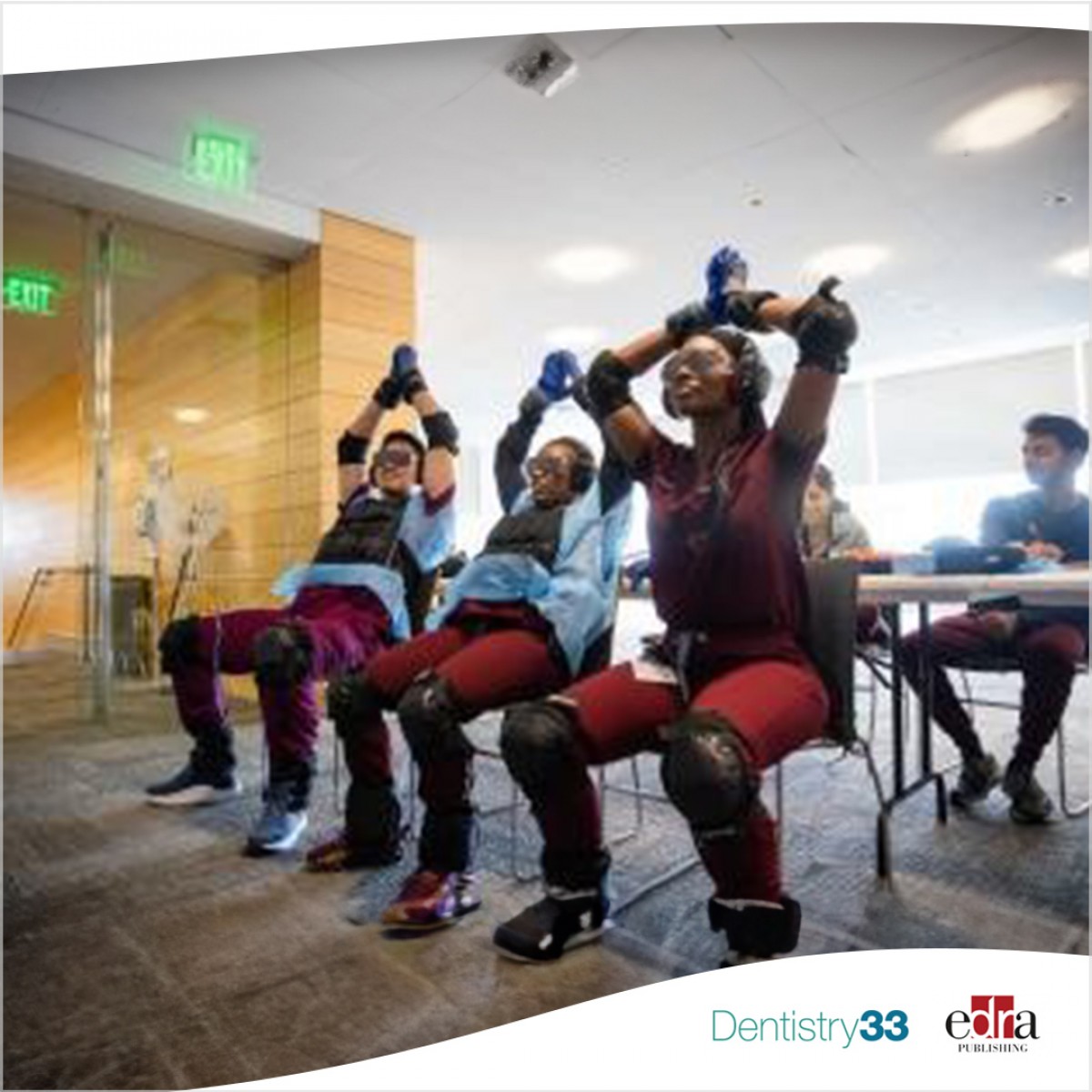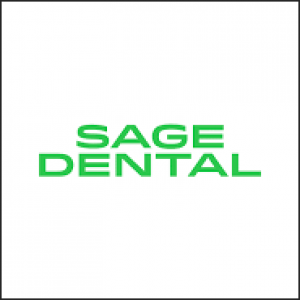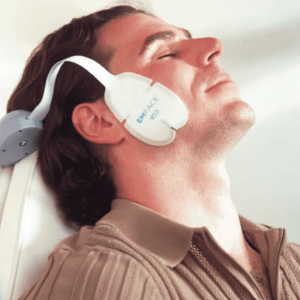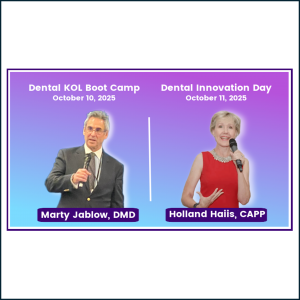
Is Age Just a Number When it Comes to Oral Health?
Shakespeare’s “As You Like It” paints a bleak picture of old age “sans teeth… sans everything.” While gradual changes to the teeth and mouth are still part of normal aging, the outlook is not nearly as dire as it was in the Bard’s day, according to experts at Tufts University School of Dental Medicine (TUSDM).
“Age itself is not the primary cause of decline in oral health, although it is a contributing factor,” says Natalie Jeong, professor and chair of the department of periodontology at the school. “With modern dental medicine, even the most mature mouths can be in excellent shape.”
Decades of chewing cause wear, while many biological changes also occur, says Karin Arsenault, D94, the Hilde H. Tillman, D49, Professor in Geriatric Dentistry and clinical director of TUSDM’s geriatric center program. Throughout the mouth, and the entire body, cells renew more slowly, connective tissue becomes thinner and less elastic, and bones become less dense; teeth may become less stable and oral disease or injuries take longer to heal.
Over the years, gums gradually recede, exposing the roots of the teeth, which are vulnerable to decay. The nerve-rich pulp inside the teeth also shrinks, so they often become less sensitive. “Older patients may have significant decay before they notice any discomfort,” explains Arsenault. “Because they’re not in pain, they may be reluctant to pursue treatment even after decay is detected.” That can be risky because the immune system becomes less robust with age, increasing susceptibility to infection.
Arsenault notes that taste buds, too, become less sensitive with age—a single teaspoon of sugar that once sufficed in the morning’s coffee often increases to three or four—making foods that are high in sugar and salt more appealing than healthier options.
Proper at-home hygiene, including brushing and flossing, sensible diet, and regular dental care can do a lot to overcome the effects of these age-related biological changes, and support good oral health throughout life, dentists say. However, older adults often face extra challenges, from arthritis that makes it hard to use a toothbrush to the difficulties of getting to a dentist’s office. There’s also the question of being able to to afford treatment, since Medicare doesn’t cover most dental services.
Gum disease is the most common oral disease as we age, says Jeong. “Sadly, the disorder is often silent until it advances into periodontitis, with loss of bone and gum tissue and even teeth themselves,” she says. “Although bone and gum tissue cannot grow back on their own, there are many different options that can prevent further loss, such as bone grafts and gum grafts that may use natural tissue or tissue substitutes.”
Decades of study repeatedly show an association between periodontal disease and systemic disorders such as diabetes, heart disease, cancer, respiratory disease, and Alzheimer’s disease, says Jeong. Some research suggests periodontitis may be a risk factor for developing such diseases. “We understand more about these relationships than we did 30 or 40 years ago,” she says. “A common thread seems to be chronic inflammation but there’s much, much more that we need to learn.”
Reduced saliva production, or dry mouth, contributes to periodontitis, since saliva plays an important role in maintaining the right pH balance for a healthy mouth. Dry mouth is not a normal part of aging, but it’s common in older adults because they are more likely to be taking medications or receiving treatment for diseases that are associated with dry mouth, like the autoimmune disorder Sjögren’s syndrome, diabetes, HIV/AIDS, and hepatitis. Chemotherapy and radiation therapy can also induce dry mouth; so can more than 500 of the most commonly prescribed medications from antihistamines to antidepressants.
If original teeth are lost, implants, rather than bridges or dentures, are an option even in old age. “Today’s implants integrate well into bone and allow us to maintain the integrity of the adjacent teeth,” says Jeong. However, implants don’t negate the need for brushing and flossing; without good hygiene, they’re subject to peri-implantitis, which is similar to traditional gum disease.
TUSDM has pioneered clinical care and research in geriatric dentistry for decades. This fall, the school is again breaking new ground in dental education by incorporating into the third-year curriculum a simulation workshop to raise students’ awareness of the special challenges that geriatric patients can face when it comes to dental care.
Working in groups of eight, students will don suits that mimic common effects of aging. Special glasses will reduce vision to simulate macular degeneration or cataracts. Earplugs will make it harder to hear. Wrist and ankle weights, crutches, and walkers will decrease mobility, while heavy gardening gloves will challenge manual dexterity. Students will then attempt tasks such as brushing and flossing their teeth. “Just imagine trying to remove the aluminum foil off the top of a tube of toothpaste while you’re wearing heavy gloves,” says Arsenault.
Students will reflect on their experiences and discuss ways to meet patients’ needs, for example by replacing their opaque face mask with a clear one so a patient can read their lips or demonstrating how an electric toothbrush can make it easier to brush. Students are also encouraged to reach out to primary care doctors, social workers, and dietitians to ensure that they deliver patient-centered care.
Arsenault stresses the importance of always treating older patients as individuals. “We teach students to look beyond chronological age to biological age and each person’s individual health and well-being,” she says. An 80-year-old can be very healthy while a 50-year-old could have diseases associated with someone decades older. “Above all, care must be based on the whole person, not simply their chronological age.”
Author: Kim Thurler
Source: https://now.tufts.edu/
 Related articles
Related articles
News 06 November 2025
Sage Dental, one of the fastest-growing dental groups with over 140 practices serving millions of patients across the Southeastern U.S., today announced its selection of Denticon by Planet DDS as its...
Oral Hygiene & Prevention 23 October 2025
In healthcare, the need to pay more attention to the achievement of two objectives within the society arises: health promotion and prevention in terms of nutrition, good education, sport, and...
Products 23 October 2025
Bringing Innovation to TMJ Management With EMFACE Technology
Jonathan B. Levine, DMD, a New York City prosthodontist, explains how EMFACE is helping treat TMJ, and why his practices regularly use the technology for cases involving muscle spasm, hyperactivity,...
Editorials 15 October 2025
The University of Florida College of Dentistry is kicking off National Postdoc Appreciation Week by celebrating a national feature that highlights the success of its own investment in postdoctoral...
News 09 October 2025
The organizers of the Dental KOL Boot Camp recently announced the final speaker line-up and agenda for the first-of-its-kind two-day event on October 10–11, 2025.
 Read more
Read more
Periodontology 14 November 2025
This study was carried out to assess the oral hygiene awareness and practices amongst patients visiting the Department of Periodontology at Gian Sagar Dental College and Hospital, Ramnagar (Patiala).
Editorials 14 November 2025
Penn Dental Medicine shared its expertise in caring for persons with disabilities with dental care providers from throughout Jamaica at a 1 ½ -day hands-on continuing education program, held October...
News 14 November 2025
Dr. Thomas M. Paumier, a dentist in Canton, Ohio, is the new President-Elect of the American Dental Association (ADA). Dr. Paumier was elected at the ADA House of Delegates meeting in Washington,...
News 14 November 2025
Premier Dental Implants & Prosthodontics is proud to announce the opening of its newly renovated dental office and the launch of its new website
News 14 November 2025
Henry Schein One and AWS Collaborate to Transform Global Dentistry with Generative AI
Industry leaders join forces to bring advanced AI capabilities to dental technology platforms — redefining patient care, clinical efficiency, and practice performance worldwide














